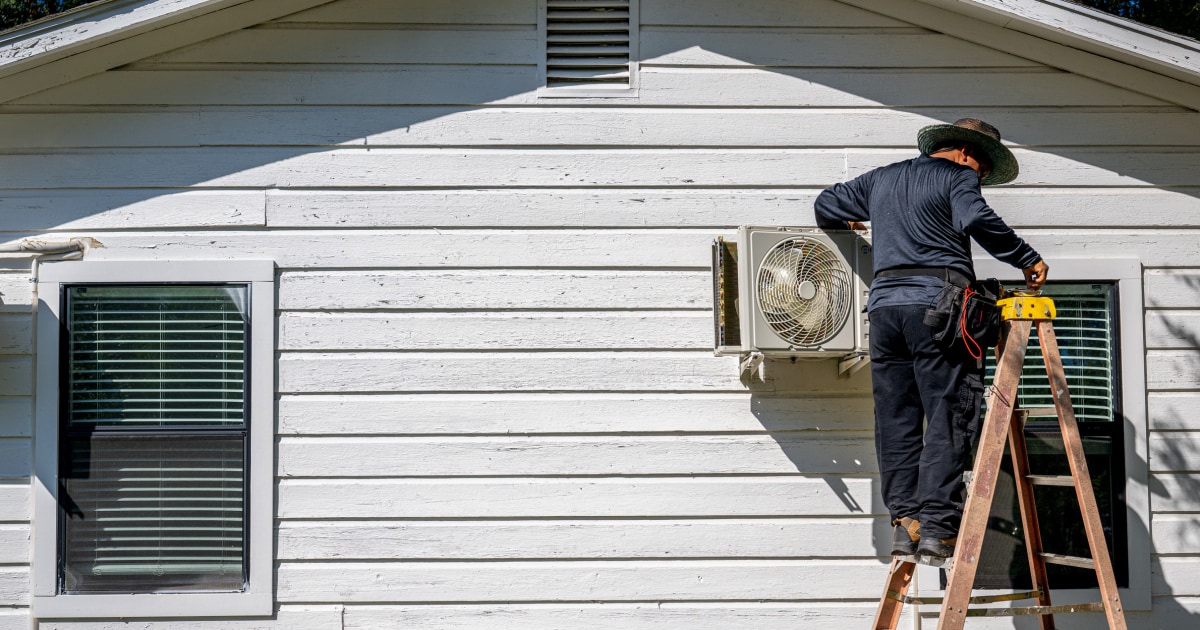From California to New England, millions of Americans are seeking refuge from oppressive heat waves. Over 160 million people across the West, Southeast, Mid-Atlantic, and parts of New England are under heat alerts as record temperatures are being shattered. This summer, many residents will remain under the cool breeze of their air-conditioning units, but the comfort comes at an increasing cost.

Impact of Extreme Heat on Health and Economy
Extreme heat is the leading cause of weather-related deaths in the U.S., claiming more than 1,220 lives annually, according to the Centers for Disease Control and Prevention (CDC). The economic toll is also significant. In 2021, the U.S. lost over 2.5 billion hours of labor due to heat exposure in sectors such as agriculture, construction, manufacturing, and services. In California, where temperatures have surpassed 100 degrees this week, the financial impact has been severe.
A report from the California Department of Insurance reveals that extreme heat events from 2013 to 2022 cost the state $7.7 billion. These losses stemmed from decreased productivity, lost wages, agricultural and manufacturing disruptions, power outages, and infrastructure damage. Additionally, the Center for American Progress estimates that healthcare costs from extreme heat amount to $1 billion each summer. Prolonged periods of excessive heat increase the rate of heat-related illnesses, leading to more emergency department visits and hospital admissions.
Soaring Electricity Bills and Economic Burden
The cost of staying cool during the summer is rising sharply. According to the National Energy Assistance Directors Association (NEADA), the average summer electricity bill has increased by 51% from $476 in 2014 to an estimated $719 in 2024. This summer, electricity bills are expected to total $719 each month from June through September, up from $661 over the same period last year. Low-income families, who are least able to afford these higher bills, will be hit hardest.
Coping Without Air Conditioning
Many U.S. cities and regions remain unprepared for heat waves. In the Pacific Northwest and the Bay Area, cities like Seattle, Portland, and San Francisco have historically not needed to plan for extreme heat, resulting in low rates of in-home air conditioning. As climate change drives more frequent and intense heat waves, residents in these areas struggle to cope.

Experts recommend several strategies for those without air conditioning. Opening windows at night and closing them before the afternoon heat peaks can help. The hottest hours, typically between 1 p.m. and 6 p.m., are when it’s most crucial to stay cool. Finding refuge in air-conditioned businesses, or restaurants, or carrying fans and spray bottles can provide some relief.
Fred Campbell, a professor at the University of Texas Health Science Center in San Antonio, advised that having multiple fans blowing directly on you can significantly help regulate body temperature. This is particularly important for older adults and young children, who are less able to manage their body heat. As Americans face another scorching summer, the dual challenges of rising electricity costs and health risks highlight the urgent need for better preparation and support systems to protect vulnerable populations.
